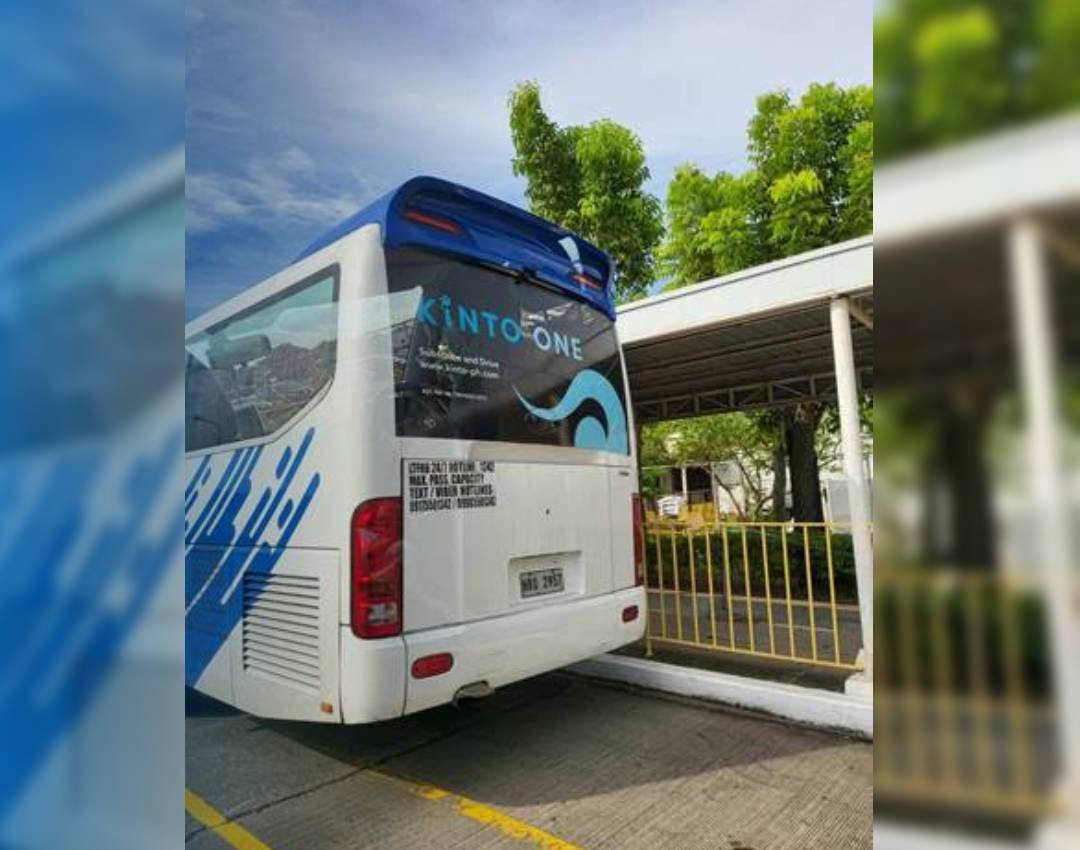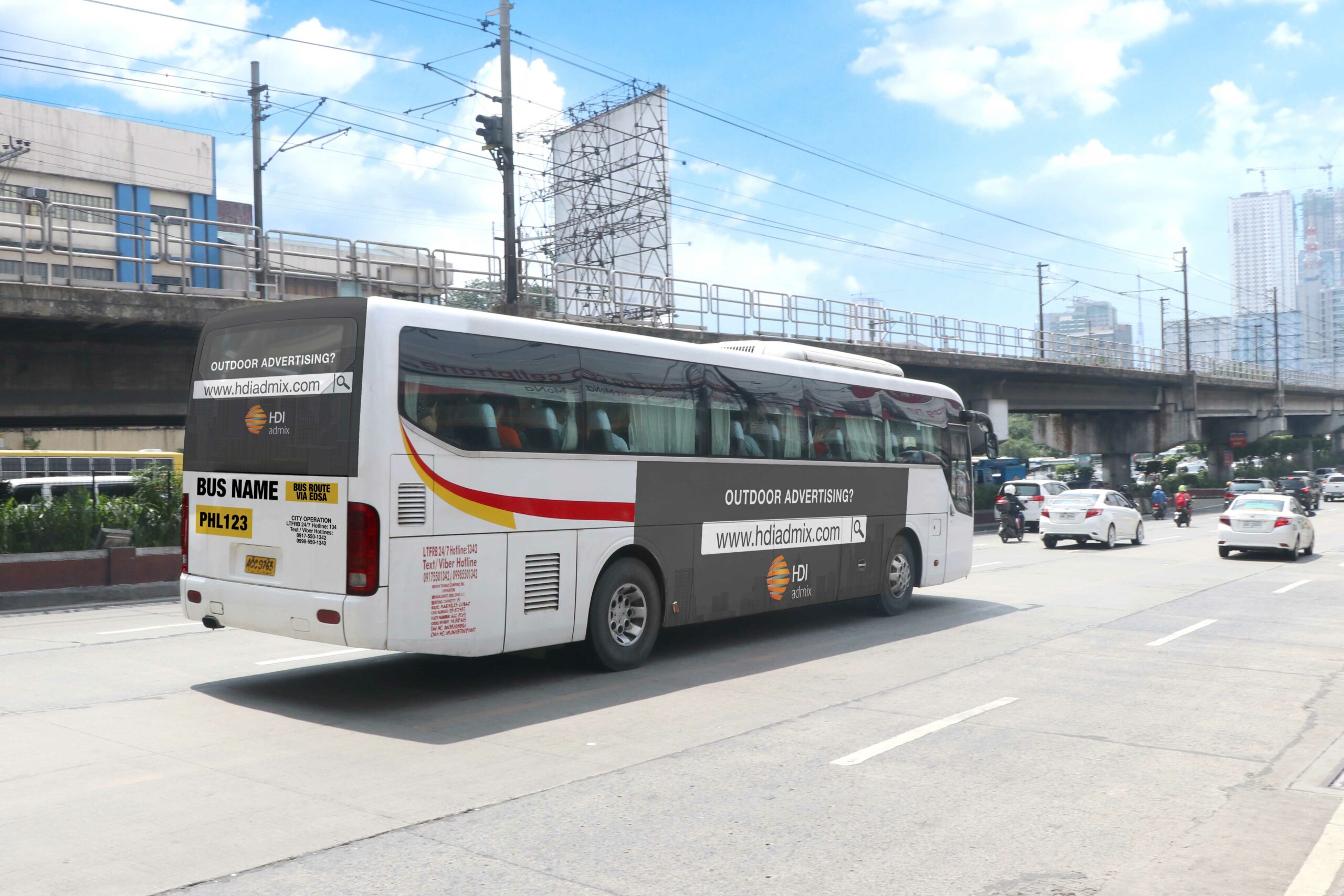Exactly How Transportation Advertising And Marketing Can Transform Public Transport Spaces Into Dynamic Marketing Platforms
Transit advertising holds substantial capacity to redefine public transportation areas right into vivid marketing systems that educate and engage. By using cutting-edge formats such as interactive booths and electronic displays, brands can not just get to a diverse audience yet also improve the total commuter experience. This technique creates a distinct possibility for brands to link with customers in a setting that is often ignored. As we explore the complex benefits and evolving approaches of transit marketing, it raises the concern of how this makeover could redefine our communications with both brands and the city environment.
Benefits of Transit Marketing

Furthermore, transit advertising and marketing is extremely affordable contrasted to conventional media. It allows advertisers to attain high perceptions at lower prices, making best use of return on financial investment. The captive target market of commuters gives a possibility for brands to convey their messages to individuals who are often responsive throughout their travel times.
Furthermore, the vibrant nature of transportation advertising enables projects to be upgraded frequently, ensuring that messaging continues to be timely and pertinent. This adaptability can be critical in replying to market trends or advertising events, maintaining the brand name top-of-mind for consumers. Last but not least, the prevalent existence of transportation advertising and marketing contributes to brand recall; repeated direct exposure within acquainted traveling contexts reinforces brand understanding and cultivates customer loyalty, eventually driving sales and boosting brand online reputation.
Kinds Of Transit Marketing
Public transport systems provide various formats for marketing, each providing to various advertising approaches and audience engagement methods. One popular type is outside bus and train covers, which cover the whole automobile and develop a mobile signboard result, permitting high visibility in urban environments. These covers can capture attention as they pass through hectic roads, reaching a diverse target market.
Another popular format is indoor advertising, that includes posters, electronic displays, and advertisements on transit seats. These positionings engage passengers throughout their trip, reinforcing brand messaging in a confined room. Digital presents, specifically, offer the advantage of dynamic material, enabling marketers to update messages in real-time.
Terminal advertising and marketing is additionally considerable, featuring posters, banners, and interactive stands within transportation stations. These advertisements take advantage of foot traffic and can target specific demographics based upon place.
Finally, marketing partnerships with transit authorities can bring about one-of-a-kind campaigns, such as themed transportation experiences or events, enhancing the total involvement with travelers. Each kind of transportation marketing offers distinct advantages, permitting brands to tailor their strategy to effectively reach their target audience within the general public transportation environment.
Involving Travelers Properly
Travelers are increasingly flooded with advertising and marketing messages throughout their everyday travels, making it vital for brands to involve them in ingenious ways. To capture attention in this crowded room, marketers must focus on imagination and relevance. Making use of attractive visuals and succinct messaging can substantially enhance the chance of interaction.
Interactive elements, such as click for more QR codes or enhanced reality attributes, you could try here can likewise transform static ads right into immersive experiences, promoting a much deeper connection with the audience. Brands ought to concentrate on addressing travelers' rate of interests and needs, customizing messages to resonate with their lifestyle, whether through promotions for regional companies or services created to boost their travelling experience.
Additionally, timing plays a critical function; strategically placing ads during height commuting hours can make the most of visibility and influence. Involving commuters effectively also entails leveraging social media integration, permitting passengers to share their experiences or promos directly from transit platforms, therefore magnifying brand name reach.
In essence, effective engagement depends upon understanding the commuter journey and creating engaging, interactive, and relevant advertising and marketing experiences that not just capture focus yet likewise drive activity and loyalty. By doing so, brand names can change mass transit right into a dynamic advertising and marketing system that reverberates with its audience.
Measuring Advertising And Marketing Effect
Just how can brands precisely analyze the effectiveness of their ad campaign in transportation atmospheres? Gauging the effect of transportation advertising and marketing needs a diverse technique that incorporates qualitative and quantitative metrics. One widespread approach is tracking engagement via mobile analytics, where brands can assess foot web traffic patterns and application communications before, during, and after campaigns.
Surveys can supply useful insights into brand recall and customer belief, enabling brand names to assess just how well their messages resonate with travelers. In addition, monitoring social networks engagement relevant to particular campaigns can reveal shifts in public understanding and brand name conversation.

Moreover, working together with transit agencies can improve measurement precision, as they typically have in-depth group data on ridership patterns. By integrating these approaches, brand names can create a comprehensive understanding of their advertising performance, making certain that their campaigns not just get to but also influence their target market successfully.
Future Patterns en route Advertising
A considerable shift is anticipated en route advertising as technical developments and changing customer actions reshape the landscape. Transit Advertising Philippines. The assimilation of interactive media and electronic displays is anticipated to enhance interaction, permitting brands to supply dynamic content that resonates with varied target markets. As public transport systems embrace wise technology, marketers will certainly take advantage of real-time data analytics to customize messages based on passenger demographics Extra resources and habits
Additionally, enhanced truth (AR) is poised to transform the means travelers communicate with advertisements. By offering immersive experiences, AR can transform an ordinary journey into an engaging story that records attention and cultivates brand name commitment. This innovation will likely urge marketers to produce more experiential projects that drive customer interaction.
Sustainability is an additional vital pattern affecting transit advertising and marketing. As environmental consciousness expands, brand names will significantly seek to align with environmentally friendly practices, making use of sustainable materials and advertising environment-friendly efforts within their campaigns.
Conclusion
In final thought, transit advertising provides considerable advantages by enhancing brand name presence and engaging a captive target market. As trends evolve, the potential for ingenious interactions between commuters and brands is positioned to expand, making sure that transportation marketing stays an important part of modern-day advertising and marketing strategies.
Transit advertising holds significant potential to redefine public transportation spaces into vivid marketing systems that involve and inform. The pervasive presence of transit marketing contributes to brand name recall; repeated exposure within acquainted traveling contexts strengthens brand recognition and cultivates customer loyalty, inevitably driving sales and improving brand track record.
Exactly how can brand names precisely assess the effectiveness of their marketing campaigns in transportation settings?In conclusion, transportation advertising supplies considerable advantages by improving brand exposure and involving a restricted audience. Transit Advertising Philippines. As trends progress, the capacity for ingenious interactions between brand names and travelers is poised to grow, making sure that transportation advertising and marketing continues to be an important part of modern advertising and marketing methods